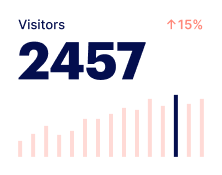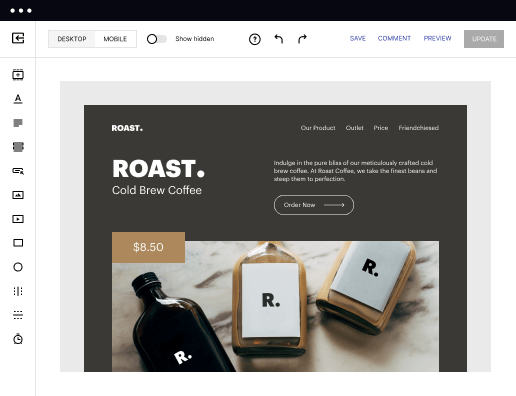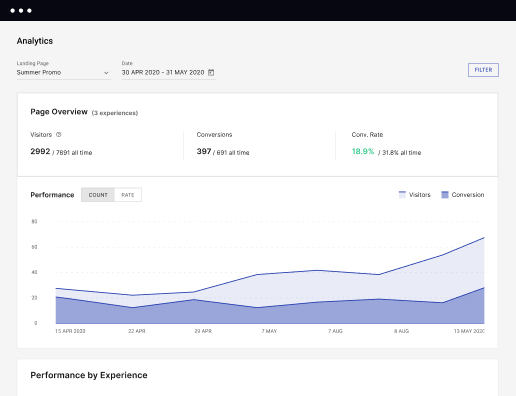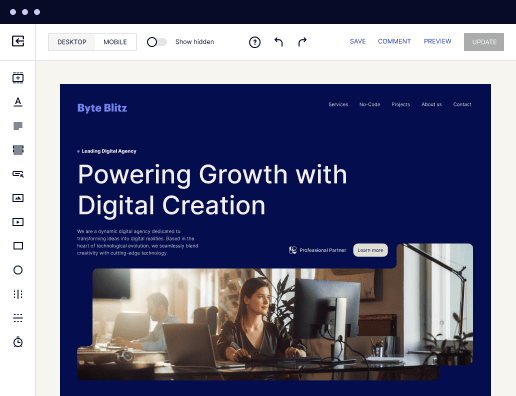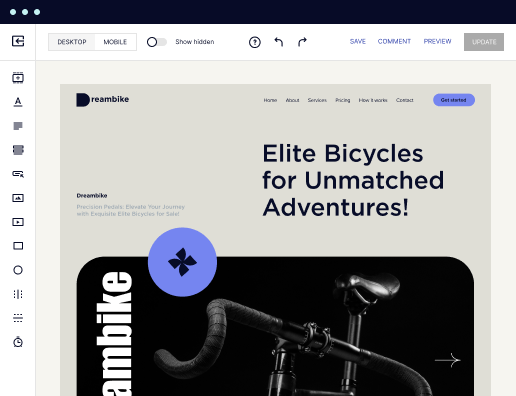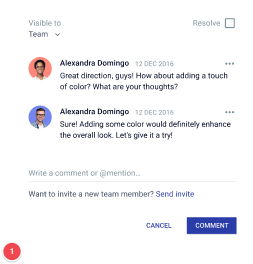Make your archive page designed for Unix
Instapage empowers you to reduce costs, increase conversions, and deliver meaningful experiences on Unix.
Build your archive page on Unix: A Complete Guide
Creating an archive page on Unix is a crucial task for managing and organizing data efficiently. Instapage empowers marketers to design engaging landing pages that can effectively showcase content through structured archives. Utilizing our platform, you can craft a user-friendly archive page that resonates with your audience, enhances brand trust, and boosts conversions.
Understanding the Basics of Unix Archive Pages
An archive page serves as a centralized location for past content, documents, or projects. It's essential for user navigation and improving SEO. This section explains why having a well-structured archive page on Unix is beneficial, touching on aspects like data management and audience engagement.
- Improved Accessibility: Users can quickly find previous content, enhancing user experience.
- SEO Benefits: A well-optimized archive page can help search engines index your content, improving visibility.
- Better Organization: Helps in categorizing and sorting content efficiently, making it user-friendly.
Step 1: Setting Up Your Unix Environment
Setting up your Unix environment is essential for creating your archive page. This involves selecting the right directory structure and ensuring you have the necessary permissions. Instapage’s collaboration features allow teams to work together seamlessly in this setup.
- Choose a Directory: Opt for a directory that reflects the content, like '/archives'.
- Set Permissions: Ensure users have the right access by adjusting Unix permissions.
- Utilize Instapage: Use Instapage's templates to create visually appealing layouts for your archive.
Step 2: Crafting Your Archive Page Structure
Developing the structure of your archive page on Unix involves organizing content by categories or dates. This improves user navigation and ensures that your audience can find relevant content quickly.
- Category Tags: Assign tags to content to group similar entries together.
- Pagination: Implement pagination to manage large volumes of data for better performance.
- Custom Search Features: Embed search functionality that allows users to filter content efficiently.
Step 3: Optimizing Your Archive Page for Conversions
After your archive page is structured, the next step is optimization. This means using heatmaps and A/B testing features provided by Instapage to discern user behavior, allowing for continuous improvement.
- Heatmaps: Analyze where users click to optimize the layout and content placement.
- A/B Testing: Test different designs or content arrangements to identify which generates the highest conversions.
- Analytics Dashboard: Use Instapage’s dashboard to track visitor stats and adjust strategy as necessary.
In conclusion, building an archive page on Unix requires careful planning and execution. Using Instapage enhances your ability to deliver effective landing page experiences that align with your business goals.
Start creating your archive page today with Instapage’s powerful tools! Let’s optimize your content and enhance user experience.
Get more out of Build your archive page on Unix
Improve your Quality Score with quick load technology for landing pages
Increase conversions with content that aligns with your ads and audiences
Achieve maximum ROI by scaling your marketing initiatives
Leading the way in building high-performing landing pages





FAQs
See how to build your archive page on unix in action
Ready to skyrocket conversions?
Supercharge your ad campaigns with high-performing landing pages.
Get started
